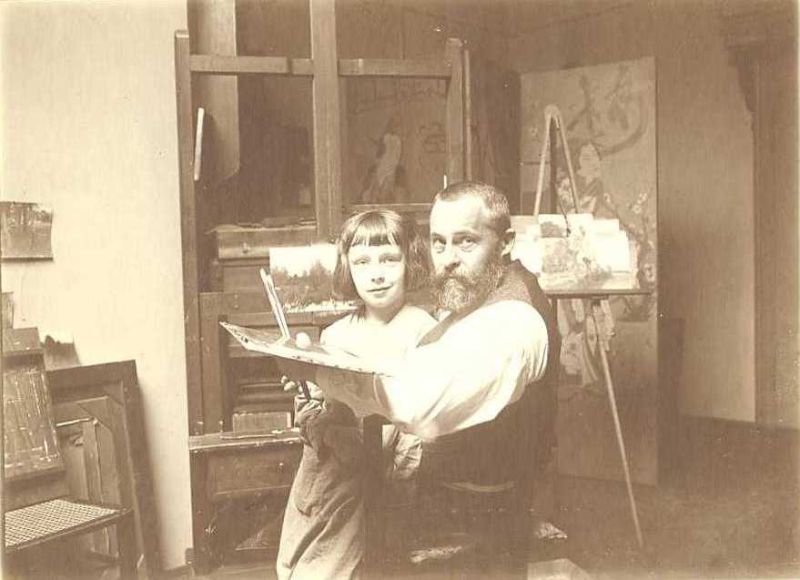Roman Kochanowski (1857-1945) - the last “Münchener” from Poland
Mediathek Sorted
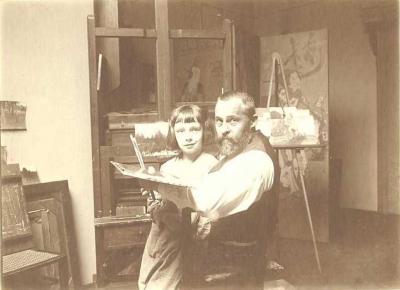




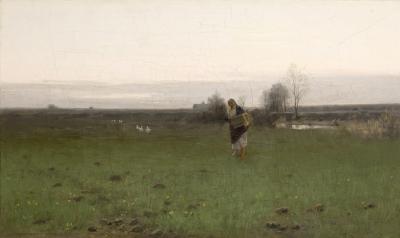
![Roman Kochanowski, Dorflandschaft [in winter] Roman Kochanowski, Dorflandschaft [in winter] - Roman Kochanowski, Dorflandschaft [im Winter], 1896, oil on paper, 102 x 29 cm](/sites/default/files/styles/width_100_tiles/public/assets/images/6.%20koch-1_R.%20Kochanowski%2C%20Pejzaz%CC%87%20wiejski%2C%20olej%2C%20papier%2C%2029x102%20cm.jpg?itok=hOUiRVi4)
![Roman Kochanowski, Dorflandschaft [mit Weiden] Roman Kochanowski, Dorflandschaft [mit Weiden] - Roman Kochanowski, Dorflandschaft [mit Weiden], 1896, oil on paper, 17.7 x 23 cm](/sites/default/files/styles/width_100_tiles/public/assets/images/7.%20koch-2_R.%20Kochanowski%2C%20Pejzaz%CC%87%20wiejski%2C%20olej%2C%20papier%2C%2017%2C7x23%20cm.jpg?itok=X_2aOKBz)

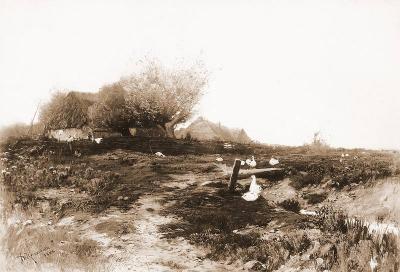

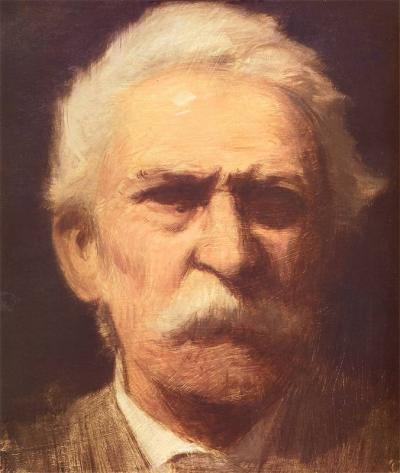



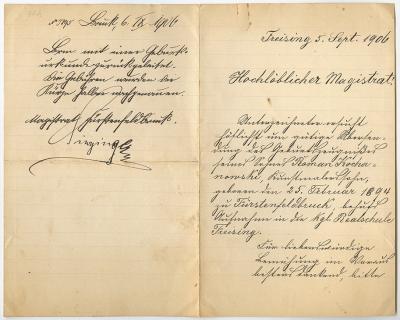




![Roman Kochanowski, Engelsberg [Bavaria] Roman Kochanowski, Engelsberg [Bavaria] - Roman Kochanowski, Engelsberg [Bavaria], photo, photographic paper on board, 14.5 x 19.5 cm](/sites/default/files/styles/width_100_tiles/public/assets/images/009%20fot%201ms-s-1035-18%20view.jpg?itok=Yramc6Ij)
![Roman Kochanowski, Wieliczka [near Kraków] Roman Kochanowski, Wieliczka [near Kraków] - Roman Kochanowski, Wieliczka [near Kraków], photo, photographic paper on board, 14.5 x 19.5 cm](/sites/default/files/styles/width_100_tiles/public/assets/images/010%20fot%20R.%20Kochanoskiego%2C%20Panorama%20Wieliczki.jpg?itok=19YPFxaN)



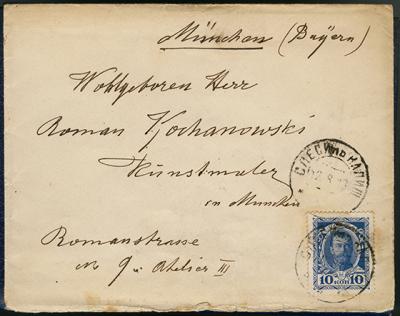
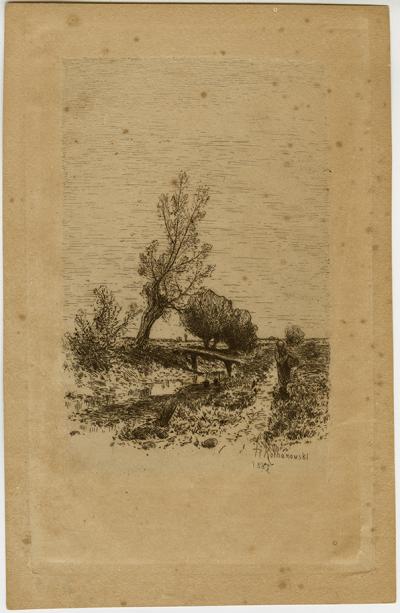





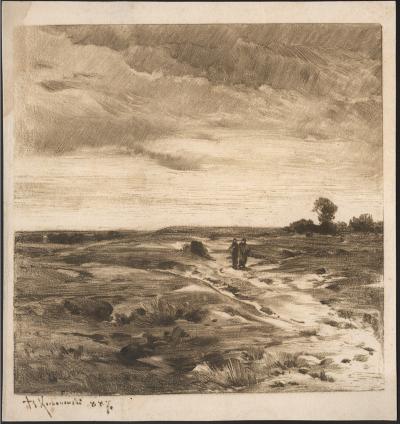
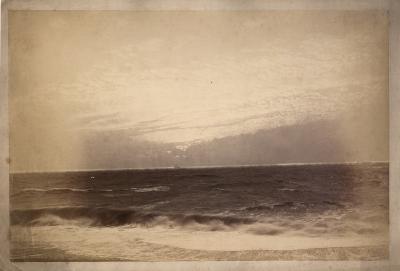










Kochanowski’s palette was sparingly reduced to earthy tones and neutral shades. Only seldom can a smudge of red, white or blue be found between the green, the brown and the grey. Even when the artist uses a light green in his cheerful vernal landscapes, he does not allow them to be lit by full sunlight and he does not dramatise them with shadow contrasts. Kochanowski avoided portraying extreme conditions of nature. His pictures do not show sundrenched meadows, or a wood slumbering under a blanket of snow or a sky coloured the deep red of dusk. However, some of his works do have a formal component which lend them a certain disquiet. This relates to the way in which the colour is applied, which is done in short, strong strokes running in several directions, and in the restless, expressive lines of the trunks and branches of trees and of the clouds. Occasionally, the painting surface seems to vibrate slightly or to tremble somewhat in the wind, a trait which makes the artist resemble Camil Corot, who, however, was a lot more subtle and idealised reality more.
Stanisław Przybyszewski[12], who was impressed by Kochanowski’s paintings, wrote about him saying that he was a “great poet of the true soul of Polish landscape”.[13] These lofty words accurately describe the meaning of Roman Kochanowski’s painting, a man who knew like few others how to capture the essence and the mood of a landscape. His work is correctly identified with the landscape body of work that brought him fame and recognition. At the same time, it should be remembered that his legacy also includes many portraits and a few still lifes, including pictures of flowers.
Another of the artist’s passions was photography, an art form which was extremely popular with many artists at the end of the 19th century. Many even gave up the brush in favour of the camera. But almost everybody made use of the possibilities that photography offered them for their creative work. Roman Kochanowski exploited both advantages of the medium – as a form of artistic expression, where he particularly appreciated the design options. In his collections, which are housed in the Suwałki District Museum (Muzeum Okręgowe w Suwałkach), there are a number of photographs showing artistic qualities. The artist captured trees, cliffs and landscape formations on the plate. He was particularly interested in that fragment which represented the uniqueness, when seen close up, of that which otherwise seemed usual and familiar. With that in mind, he also experimented with mirrored copies by developing the same pictures in sepia and black and white.
Despite all this, however, Kochanowski remained a painter.





















































































